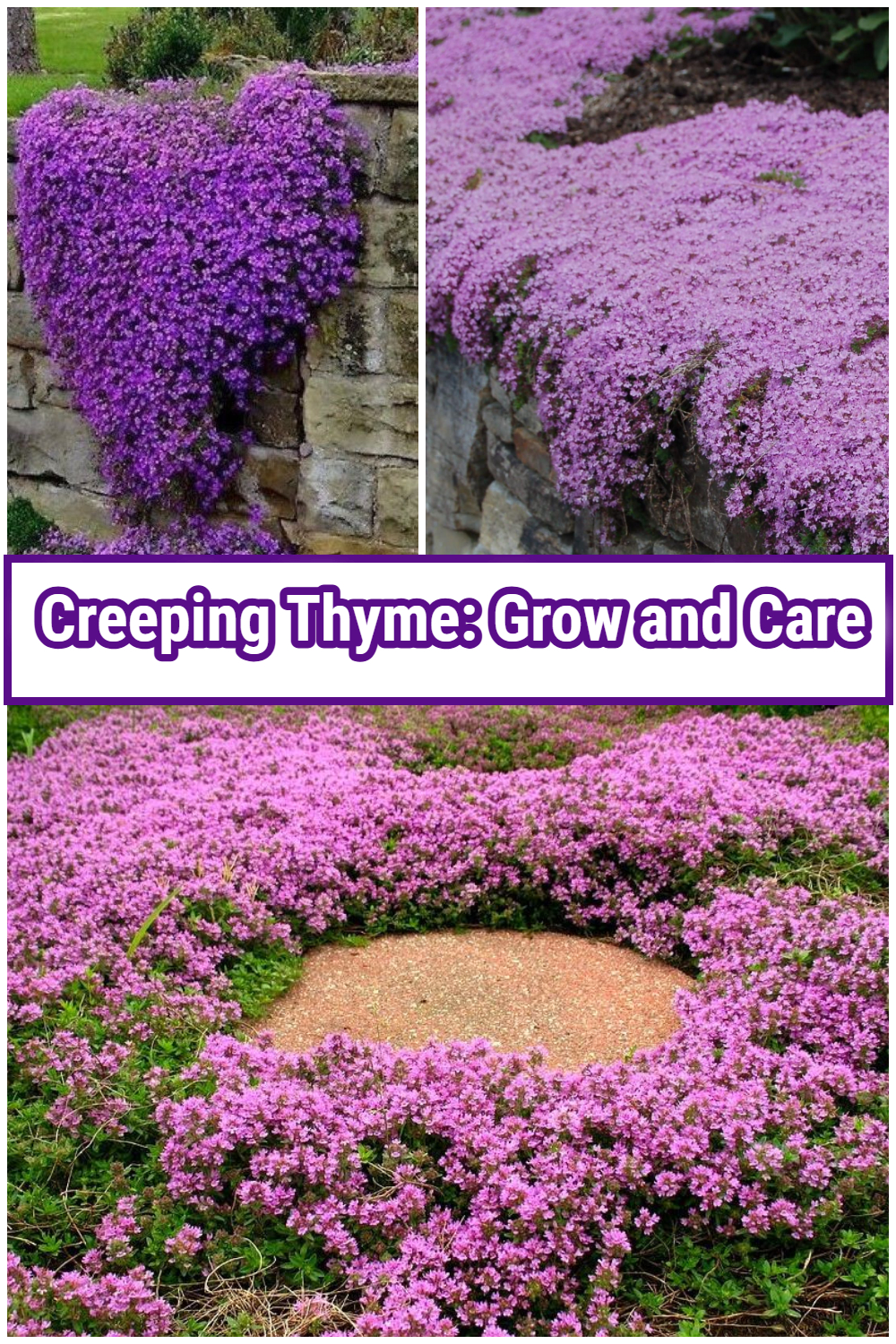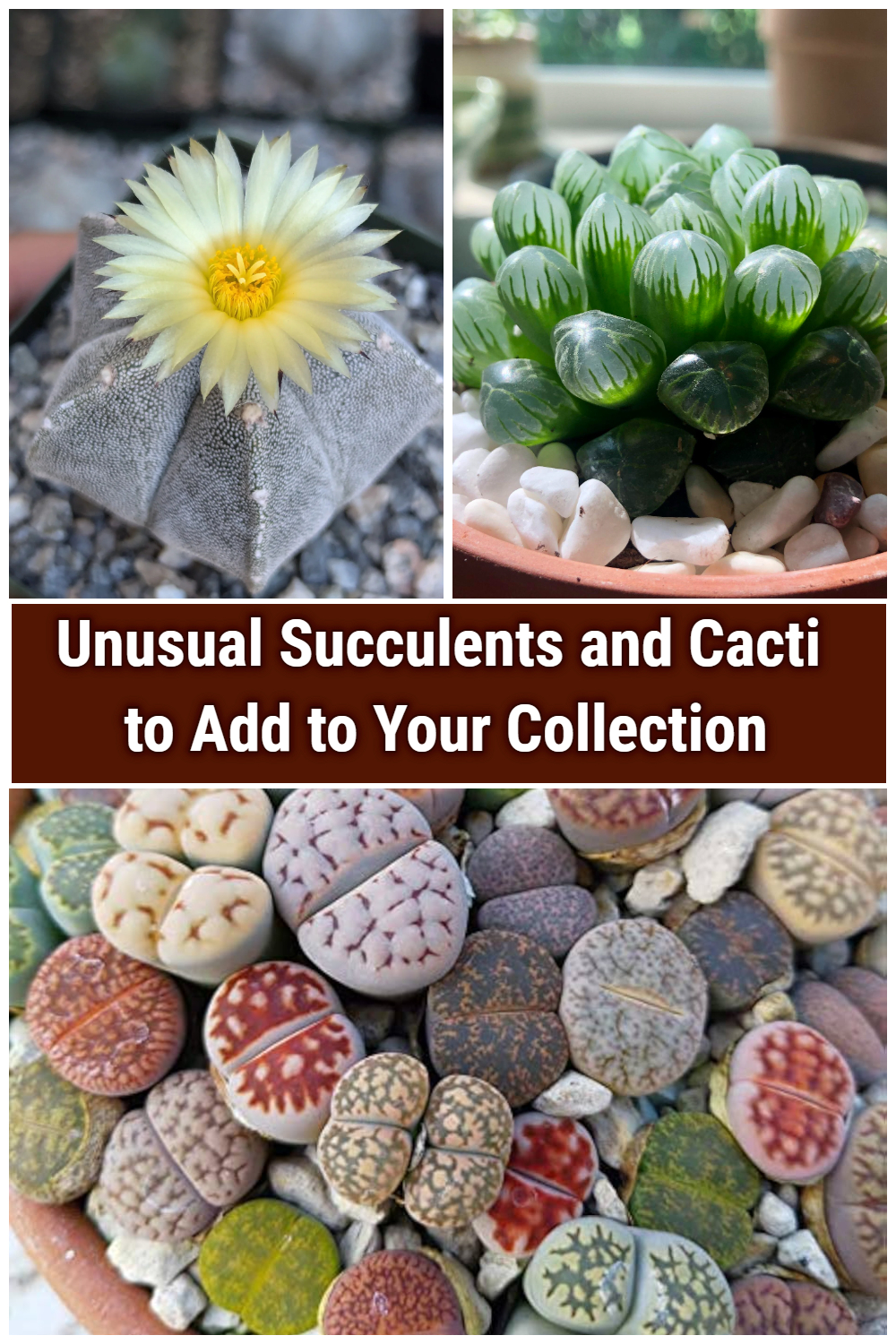Creeping thyme (Thymus serpyllum) is a perennial herb native to Europe and Asia. Easy to care and low-growing, this spreading groundcover would be a perfect choice for filling gaps between pavers, stones, or bricks, and can thrive in poor soil. Additionally, with its fragrant leaves and delicate tiny purple flowers, creeping thyme is a charming addition to any garden or landscape
Characteristics and Uses
Appearance
Creeping thyme has tiny, oval-shaped leaves that are a deep green color. These leaves release a strong, minty fragrance when walked on or brushed against. With this fragrance, it’s a preferred addition to herbal teas, soups, and sauces. Once blooming, creeping thyme produces small, tubular flowers in shades of pink and purple. These flowers are approximately 1/2 inch long and are arranged in clusters at the end of the stems.
Growth Habit
Low-growing, creeping thyme forms a dense mat over time. This spreading groundcover can grow up to 1-2 inches tall and 12-18 inches wide.
Uses
There are a variety of uses for creeping thyme. It can be used as a groundcover, edging plant, or container plant. It is also a fragrant ingredient in herbal teas, soups, and sauces. Additionally, creeping thyme is a popular choice for garden paths, walkways, and patios.
Growing Conditions and Care
Sunlight Needs
Creeping thyme thrives best in full sun, with at least 6 hours of direct sunlight per day. Limited sunlight can result in sparse growth and fewer blooms
Soil
Creeping thyme prefers well-draining soil with a pH between 6.0 and 7.0 for its best growth. It can tolerate a range of soil types, including clay, loam, and sand.
Watering
Creeping thyme is drought-tolerant and requires only occasional watering. Overwatering can lead to root rot and fungal issues. Water creeping thyme when the top inch of soil feels dry to the touch.
Pruning
Creeping thyme prefers regular pruning to support new growth and prevent it from becoming leggy. Pinch off the tips of the stems to encourage branching, and trim back the stems to maintain a desired shape.
Temperature and Hardiness
Creeping thyme grows well in different temperatures, from cold winters to warm summers. In mild climates, it stays evergreen throughout the year.
Fertilization
Feed creeping thyme with a balanced fertilizer once a year, in the spring. This groundcover does not require frequent fertilization.
Propagation
Creeping thyme can be propagated through division, cuttings, or seed. Division is the most common method of propagation while seeds may take longer to germinate.
Uses and Benefits
Ground Cover
Creeping thyme is commonly used as a ground cover, helping to suppress weeds, reduce soil erosion, and create a lush, green landscape.
Ornamental Use
Creeping thyme lightens up gardens, rock landscapes, and pathways with its fragrant green leaves and sparkling tiny purple blooms.
Culinary Applications
Like other common thymes, creeping thyme is edible and has a mild, earthy flavor, making it a great addition to meats, soups, and sauces. It is also used in herbal teas, adding a subtle, aromatic note.
Pollinator Attraction
With nectar-rich flowers, creeping thyme bees, butterflies, and other beneficial insects, contributing to a healthier garden ecosystem.
Aromatic and Medicinal Properties
Creeping thyme is a good source of essential oils with antibacterial and antifungal properties, making it has traditionally been used for herbal remedies and aromatherapy.
Maintenance and Potential Issues
Creeping thyme is a low-maintenance plant that requires minimal care once established. It prefers occasional pruning to maintain its shape and encourage new growth. Below are several things that need to be considered when growing this plant:
Overwatering: Creeping thyme thrives best in well-draining soil. Avoid excessive moisture because it can lead to root rot.
Pests: This thyme is generally resistant to pests, but may occasionally attract aphids or spider mites.
Weed Control: Although it helps control weeds effectively, creeping thyme requires some manual weeding once established.
Pruning: Creeping thyme prefers regular pruning to prevent it from becoming woody and encourages fresh, healthy growth.
chuwa edit
Conclusion
Creeping thyme is a charming, low-maintenance groundcover, making it a preferred choice for gardens, pathways, and landscaping.
Featuring fragrant leaves and delicate tiny purple flowers, this plant adds beauty and texture to any outdoor space. Whether used as a ground cover, edging plant, or container plant, creeping thyme thrives with minimal care.








